‘Means of Production’ is a gesture of intimacya question of valuea blurring of authorshipa form of reciprocitya context for supportnot a single acta blurring of soft waresa practice of unknowing
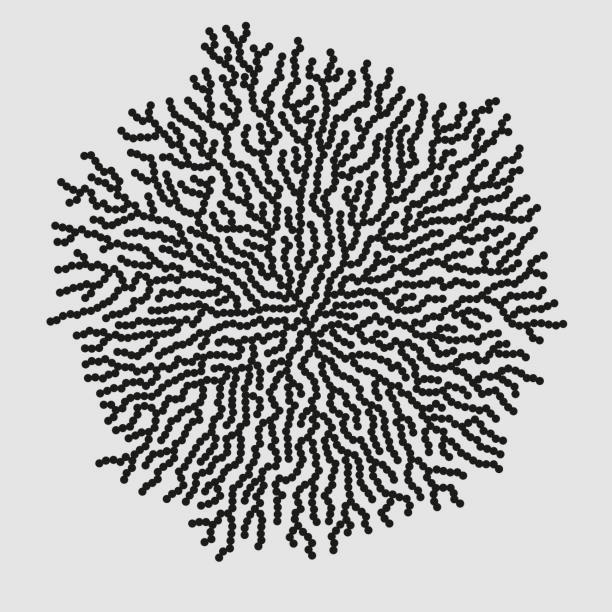
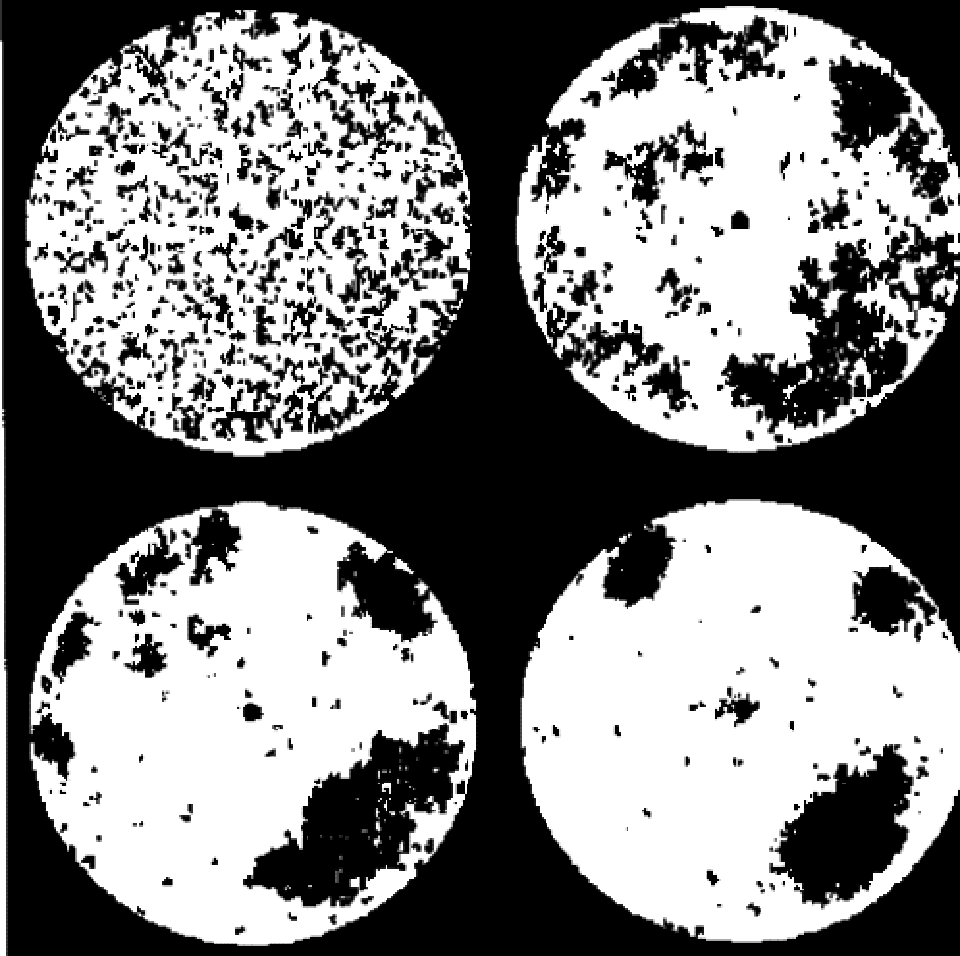
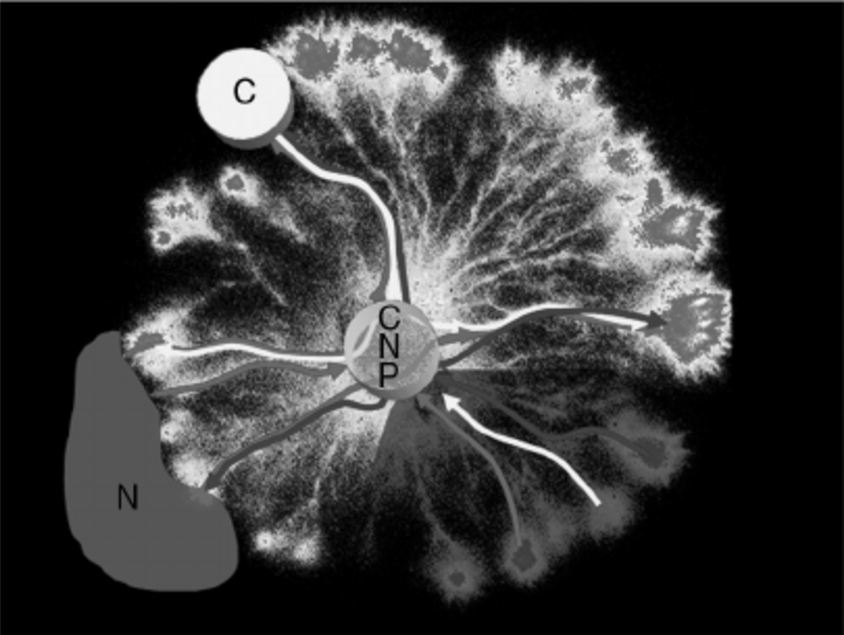
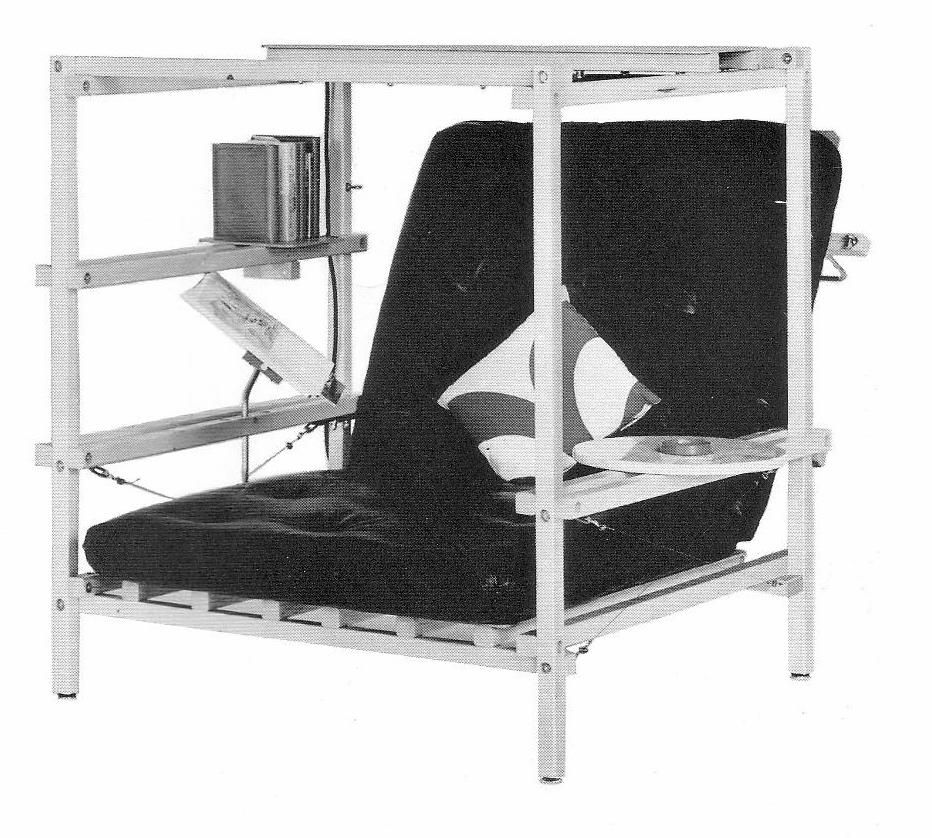
‘Means of Production’ is an ongoing dialog between a group of six artists and two programmers involving the initial ideation and distribution of an open source p2p experimental publishing tool.
The conversation itself has been has been forming around the questioning of the authorship and ownership of artworks, and created content in general in the ephemeral space of the ‘world archive’. It has been an experiment in collective unknowing and a distinct possibility for an autonomous ‘space’ for making/unmaking the archive.
A conversation,

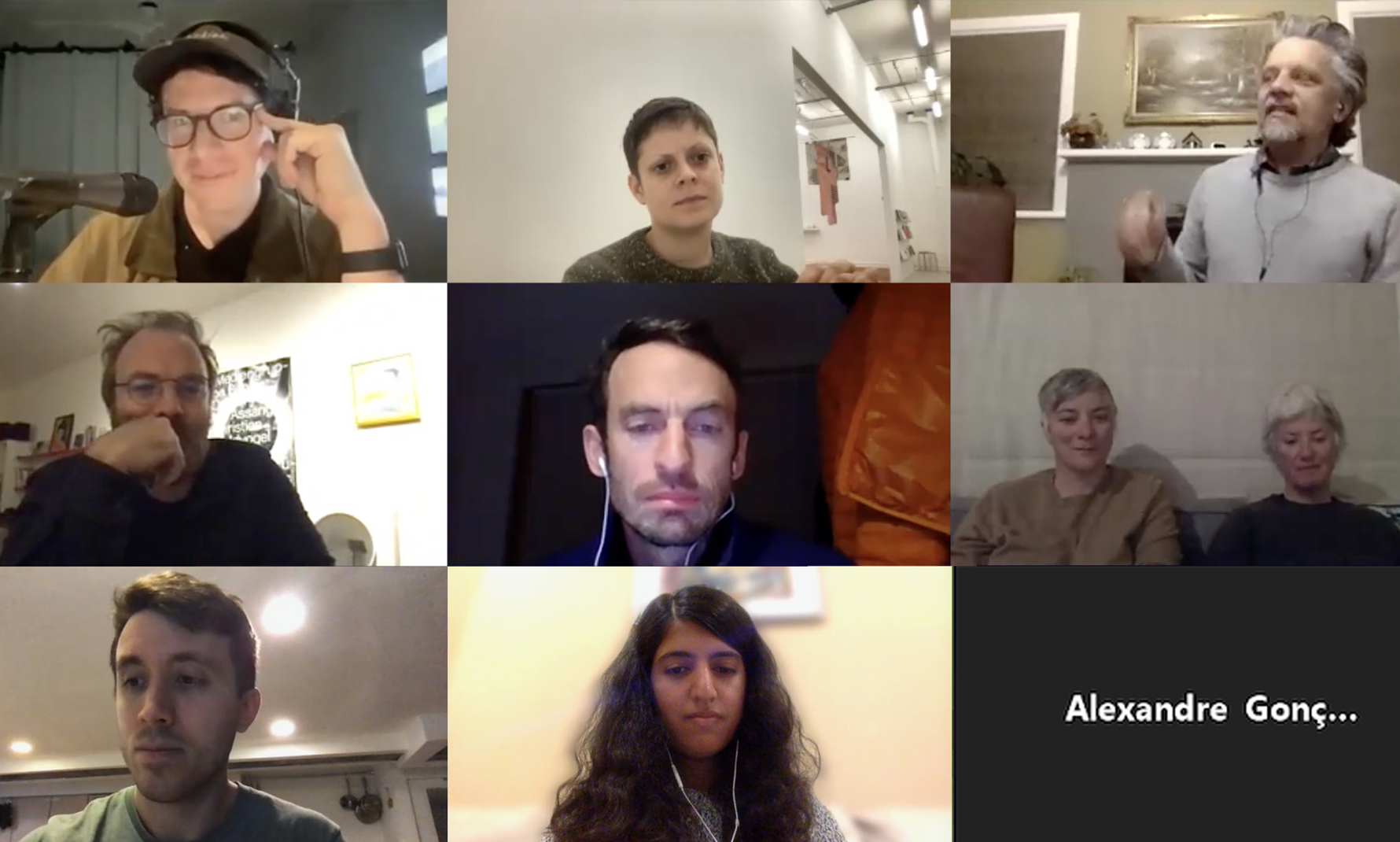
This dialogue* featured;
Arini Byng is an artist who makes body-based work. Born on Gadigal land, she is of Lenape, African American and Anglo-Celtic descent. Arini works with the affective qualities of materials, gestures and settings — undertaking exercises in image, movement and form to negotiate political scenes.
Fayen d’EvieFayen d’Evie is an artist, writer, and publisher, born in Malaysia, raised in Aotearoa New Zealand, and now living in the bushlands of unceded Jaara country, Australia. Her projects are often collaborative, and resist spectatorship by inviting audiences into sensorial readings of artworks.
Sean DockraySean Dockray is an artist and writer whose work explores the politics of technology, with a particular emphasis on artificial intelligences and the algorithmic web. He is a founding director of the Los Angeles non-profit Telic Arts Exchange, and initiator of knowledge-sharing platforms, The Public School and AAAARG.ORG
Tamsen HopkinsonTamsen Hopkinson, Ngāti Kahungunu ki Wairoa, Ngāti Pahauwera is a Māori artist and curator from Aotearoa, based on Wurundjeri country. Her practice is an expression of mana wahine which is also informed by her Irish Pākehā ancestry. Tino Rangatiratanga underpins and grounds her curatorial and artistic practice.
Matt LenzMatt Lenz is a programmer.
Paul MylecharanePaul Mylecharane is a graphic designer and web developer working on unceeded Jaara country, whose practice focuses mainly on the intersection of physical and digital publishing and its relationship to the archive.
Stephen RhallSteven Rhall is a post-conceptual artist operating from a First Nation, white-passing, genderqueer, positionality. Rhall’s interdisciplinary practice responds to the intersectionality of First Nation art practice and the Western art canon. He interrogates modes of representation, classification and hierarchy using installation, performance, ‘curatorial’ projects, sculpture; via both public and private interventions.
Jacqui SheltonJacqui Shelton is an artist based in Melbourne whose work engages with the politics and poetics of the voice and temporal relations. Through a practice that spans performance, video, sound, text and sculpture, she uses the potential within the spoken or written word, and how this manifests in a body, to think about ways of approaching political and social difference, and empathy
*conversations available shortly
- Notes from a conversation between Arini Byng and Jacqui Shelton
- Notes from a conversation between Sean Dockray and Steven Rhall
- Notes from a conversation between Fayen d’Evie and Tamsen Hopkinson
A conversation with Arini Byng
and Jacqui Shelton
A conversation with Sean Dockray
and Steven Rhall
A conversation with Fayen d’Evie
and Tamsen Hopkinson
a tool,

The tool is a Beaker website that allows users to fork the empty page and begin building a dialogic website using drag-and-drop with text, images, videos, sound and pdf. Folders created act as portals to other ‘pages’. The sites may be shared using the hyper:// address; forked*, edited and re-distributed as a form of conversation.
*Forking is a term to describe the process of making a copy of the website/artwork to host it on/from your own machine, thereby effectively seeding the work and ensuring its availability/longevity.
Click here (you need to download and install Beaker browser first) to play with the tool yourself. There are some basic instructions here that were shared with artists during this process.
some artworks,
These artworks* are dialogic in nature. They are works-in-progress and will hopefully spawn forks which we will endeavour to track and post when possible. These artworks are only viewable with Beaker browser on a desktop machine.
*These works will be available sporadically, some may not
be available at the time of viewing this website.
and a reading list.
- The Good of Work, Liam Gillick (2010), E-flux, PDF
- Earth Stalked by Man, Anna Tsing (2016), The Cambridge Journal of Anthropology, PDF
- Why the Net is not a Public Sphere, Jodi Dean (2003), Constellations Vol. 10, PDF
- Dispersion, Seth Price (2002), Sef-published, PDF
- Capitalist Realism and Neoliberal Hegemony: a Dialogue, Mark Fisher and Jeremy Gilbert (2013), New Formations, PDF
- Teaching to Learn (a Conversation About ’How’ and ‘Why’), Joseph Kosuth (1976), Self-published, PDF
- The Act of Study, Paolo Friere (1985), Bergin & Garvey, PDF
- Synaptic Labour, Stefano Harney (2014), Frankfurt Lab, PDF
- Images in the New Media, Villem Flusser (1989), University of Minnesota Press, PDF
- Between the Devil and the Green New Deal, Jasper Bernes (2020), Commune, WWW
- Websites Are The Art Of Our Times, Miltos Manetas (2002-2004), Self-published, WWW
- Art without Market, Art without Education: Political Economy of Art, Anton Vidokle (2012), e-flux journal, PDF
(close)
-
Image plates
- A monochrome abstract vector illustration with organic shape made of round particles; a modern scientific background with growing microscopic bacteria; fungal mold illustrations; a schematic of generative fungus. Image, octomesecam.
- An abstraction that utilised a pressure vessel; a stove top; an Erlenmeyer flask (500 ml); quality grade PDA (potato dextrose agar); some tinned foil; a roll of tissue paper; clean non-chlorinated water; and a digital scale (easily available online) in its creation.
- Diagram-illustrating-the-translocation-demands-on-a-mycelial-network-A-Hypothetical.gif
- Ken Isaacs, ‘How to Build Your Own Living Structures’ (New York: Harmony Books, Crown Publishing, 1974), 120.